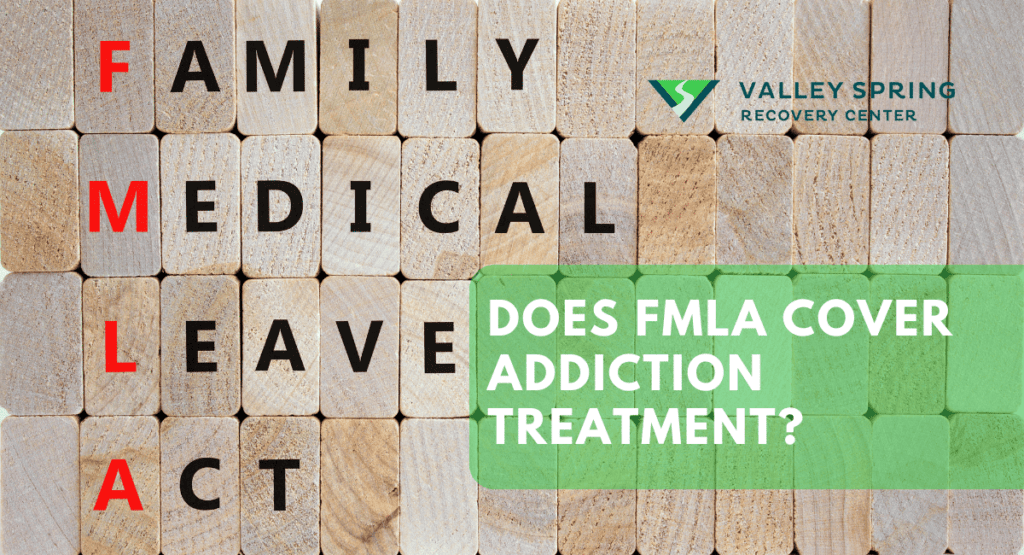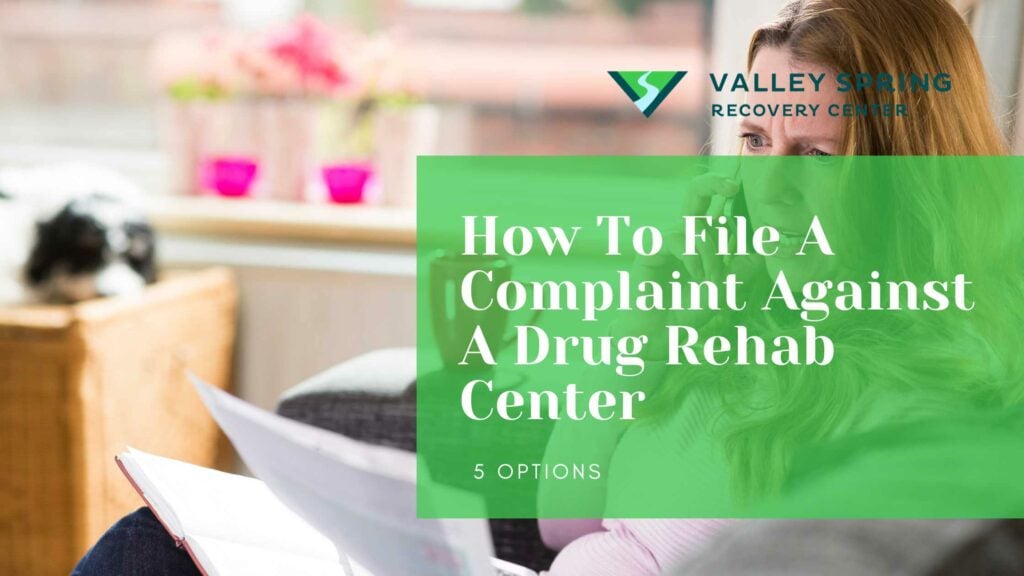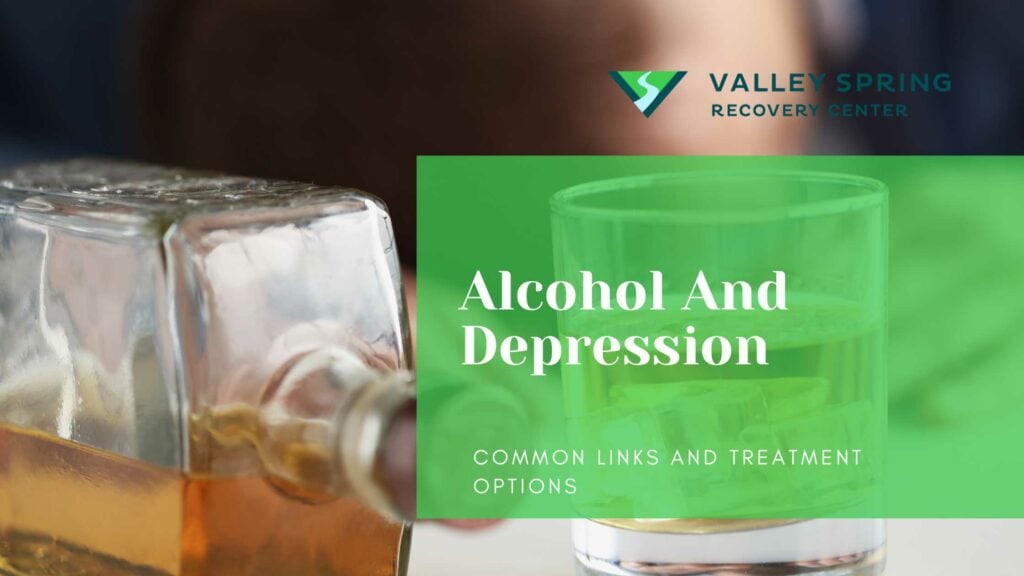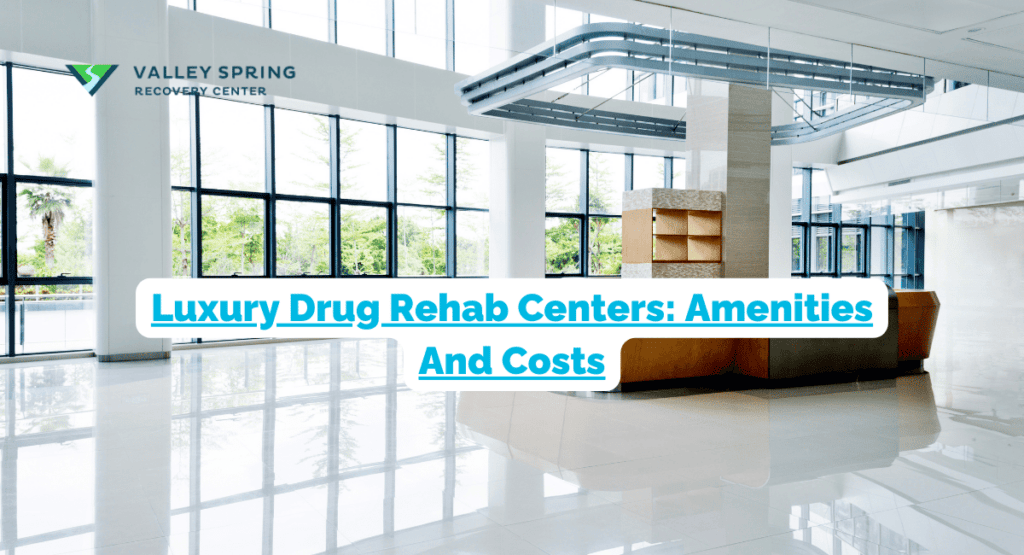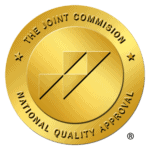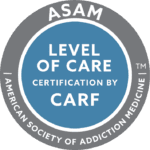Introduction
Embarking on the journey to sobriety raises complex questions, one of which is: How long does drug and alcohol rehab last? The intricacies of this query can’t be reduced to a simple timeframe, as multiple dimensions—from the individual’s unique treatment needs to the type of substance abused—converge to influence the duration and intensity of rehab. Beyond a mere timeframe, understanding the levels of care, such as Medical Detox, Inpatient Rehab, Partial Hospitalization Programs (PHP), Intensive Outpatient Programs, and standard Outpatient Treatment, is pivotal. Equally crucial is the role of individualized therapies tailored to address not only substance abuse but also any co-occurring mental health disorders.
The variability in the rehab duration isn’t a sign of uncertainty but rather a testament to the patient-centric approach that modern addiction treatment endorses. Structured within the parameters of American Society of Addiction Medicine (ASAM) guidelines and the Diagnostic and Statistical Manual of Mental Disorders (DSM), this comprehensive guide aims to dissolve the ambiguities that often shroud the subject of rehab duration. Here, you’ll navigate through each level of care in rehab, the typical symptoms encountered at each stage, and the benchmarks that signify readiness for transition to subsequent phases. By understanding these facets, you’re not just timing a period of treatment; you’re contextualizing a deeply personal, transformative experience within the objective scaffolding of medical and psychological science.
Key Takeaways
- Rehab duration varies based on individual needs and type of substance abused.
- Levels of care transition according to symptom severity and progress in treatment.
- Always consult ASAM guidelines and DSM manual for comprehensive assessments.
- Aftercare and relapse prevention are crucial for long-term sobriety.
Drug Rehab Levels of Care and Timelines
Embarking on the journey to sobriety involves traversing a complex landscape of treatments, therapies, and levels of care. While the ultimate goal remains constant—long-term recovery and a healthier life—each individual’s path can look strikingly different. Each level of care in a drug rehab center is designed to treat specific symptoms and challenges associated with addiction. Recognize that the demarcations between these levels are not rigid boundaries but rather fluid transitions that accommodate the complexities of addiction and co-occurring mental health disorders.
Upon entering an addiction treatment facility, a comprehensive assessment based on ASAM guidelines and the DSM manual becomes the blueprint for the treatment plan. This ensures that the level of care is perfectly attuned to the individual’s unique physical, psychological, and emotional needs. Whether you’re seeking help for yourself or a loved one, understanding these levels of care can demystify the rehabilitation process, helping to frame expectations and inform choices. And always remember, the success of any addiction treatment lies in its ability to be as multifaceted and complex as the condition it aims to treat.
| Level of Care | Typical Duration | Session Details | Typical Symptoms |
|---|---|---|---|
| Medical Detox | 5 to 14 days | 24/7 medical supervision | Severe withdrawal symptoms, risk of seizures, delirium |
| Inpatient Rehab | 28 to 90 days | 24/7 structured environment, full-time treatment | Physical dependence, high-risk behaviors, unstable living environment |
| Partial Hospitalization (PHP) | 1 to 6 weeks | 4 to 6 hours per day | Moderate withdrawal symptoms, partially stable home environment, need for medical oversight |
| Intensive Outpatient (IOP) | 8 to 12 weeks | A few hours per day, multiple days a week | Mild withdrawal symptoms, stable home environment, some level of self-sufficiency |
| Outpatient Treatment | 3 months to over a year | Weekly therapy sessions | Mild symptoms, high level of self-sufficiency, stable living conditions |
Medical Detox
Typical Symptoms Treated:
- Severe withdrawal symptoms
- Acute substance intoxication
- Medical complications related to substance use
Therapies and Methods:
- Medication-assisted treatment (MAT)
- Medical monitoring and stabilization
- Nutrition and hydration support
Duration and Transition:
Treatment usually lasts between 3 to 10 days, depending on the substance and severity of symptoms. Patients often transition to inpatient rehab once they are medically stable.
Inpatient Drug Rehab
Typical Symptoms Treated:
- Persistent cravings
- Psychological dependence
- Co-occurring mental health disorders
- Complicated medical issues
Therapies and Methods:
- Cognitive Behavioral Therapy (CBT)
- Dual-diagnosis treatment
- Medication management
- Group therapy and individual counseling
Duration and Transition:
Generally, this level of care lasts from 30 day programs to 90 days. Transition to Partial Hospitalization or Intensive Outpatient is considered when the patient demonstrates significant improvement in managing cravings and emotional stability.
Partial Hospitalization Programs (PHP)
Typical Symptoms Treated:
- Moderate withdrawal symptoms
- Difficulty in emotional regulation
- Mild to moderate co-occurring mental health issues
Therapies and Methods:
- Dialectical Behavior Therapy (DBT)
- Art and music therapy
- Relapse prevention planning
Duration and Transition:
PHP typically lasts 1 to 6 weeks. Movement to Intensive Outpatient treatment often occurs when the patient has developed stronger coping mechanisms and has stable vitals.
Intensive Outpatient Programs (IOP)
Typical Symptoms Treated:
- Persistent cravings in a less intensive environment
- Emotional regulation difficulties
- Continued co-occurring mental health challenges
Therapies and Methods:
- Family therapy
- Medication-assisted treatment
- Skills development workshops
Duration and Transition:
The typical IOP runs for about 2 to 3 months. Transition to standard outpatient treatment is usually based on the patient’s sustained ability to manage cravings and emotional states.
Outpatient Treatment
Typical Symptoms Treated:
- Mild cravings
- Emotional and psychological stability
- Maintenance of sobriety in daily life
Therapies and Methods:
- Ongoing counseling
- Support group meetings
- Continued medication management, if necessary
Duration and Transition:
Outpatient treatment can last from 6 months to a year, and sometimes longer. Patients usually transition to aftercare programs for ongoing support.
Each level of care operates as an integral part of a cohesive treatment continuum. Progression through these phases isn’t a linear journey but a nuanced pathway tailored to individual needs and improvements. Based on comprehensive assessments rooted in ASAM guidelines and the DSM manual, professionals determine the appropriate level of care and readiness for transition to ensure sustainable recovery.
frequently asked questions (FAQs) about Drug And Alcohol Rehab
What role do co-occurring mental health disorders play in rehab duration?
The presence of co-occurring mental health disorders often extends the duration of treatment, as both the substance abuse and the mental health condition need to be treated concurrently for effective recovery.
How is the duration of Medical Detox determined?
The duration is usually determined by the type of substance used, the severity of addiction, and the patient’s physiological response to detoxification. Medical assessments and monitoring are critical during this phase.
Is long-term rehab always better?
Not necessarily. The effectiveness of rehab doesn’t solely depend on duration but on the appropriateness of treatment, patient’s commitment, and the quality of care provided.
What is aftercare and why is it important?
Aftercare is a continuation of treatment activities after the primary rehab period is over. This can include outpatient counseling, support groups, and sober living environments, which are crucial for preventing relapse.
How often should one attend outpatient treatment sessions?
The frequency of outpatient sessions varies and is often tailored according to individual needs, ranging from multiple times a week to once a month.
WHEN ARE YOU READY FOR THE NEXT LEVEL?
The transition between these levels of care often relies on a complex set of criteria that can include medical assessments based on ASAM guidelines and DSM manual. Typically, symptom improvement and increased coping mechanisms signal readiness for less intensive forms of treatment.
For example, someone may start in Medical Detox to manage severe withdrawal symptoms. Once those are under control, they might move to Inpatient Rehab to work on underlying issues and behaviors. As they develop better coping mechanisms and perhaps resolve some co-occurring mental health issues, they may transition to PHP, and so forth.
Does drug rehab take longer for men than women based on the amount of time it takes males to recover vs women?
The duration of drug rehabilitation can vary widely depending on a range of factors including the type of substance, the individual’s history of abuse, and their physical and mental health. There is recent evidence from NJ-SAMS that shows men admit to rehab at almost a 3-1 rate vs women, however, drug rehab for men is not necessarily longer than it is for women. Both men and women face unique challenges during rehabilitation; for example, men may struggle with societal pressures that discourage emotional openness, while women may face hormonal fluctuations that affect their recovery process. But these factors don’t necessarily translate to a longer rehabilitation period for one gender over the other. Therefore, while individual experiences can differ, there’s no conclusive evidence to suggest that drug rehab inherently takes longer for men than for women.
The Time To Get Help Is Now
Navigating the labyrinth of addiction can be overwhelming, both for those struggling with substance use disorders and their loved ones. Understanding the various levels of care in drug rehab is crucial for making informed decisions that align with individual needs for a sustainable recovery. Valley Spring Recovery Center in New Jersey stands as a beacon of hope and transformative care. Offering a range of treatment options from day treatment (PHP), intensive outpatient programming, to outpatient programming and a robust alumni program, we aim to be your comprehensive solution for addiction treatment.
Don’t let the uncertainties and complexities deter you from taking that crucial first step towards a healthier, addiction-free life. Reach out to Valley Spring Recovery Center today to get a personalized treatment plan designed around you. It’s never too late to rewrite your story, and we’re here to help you author a new chapter—one of resilience, recovery, and renewed hope.
Ben Fisher
All author postsShare This Post



